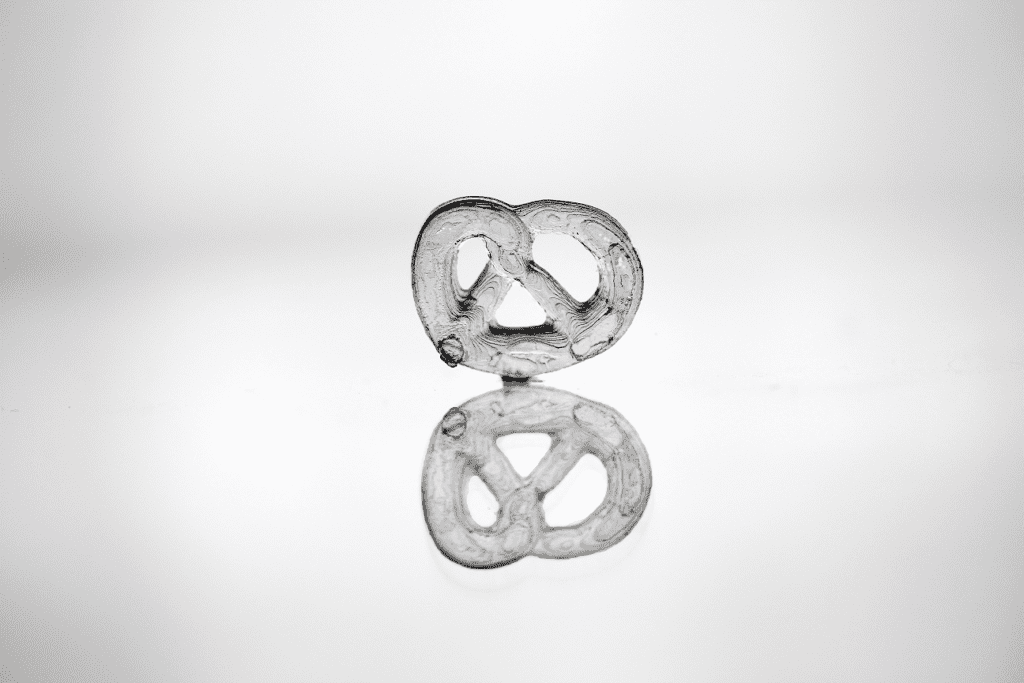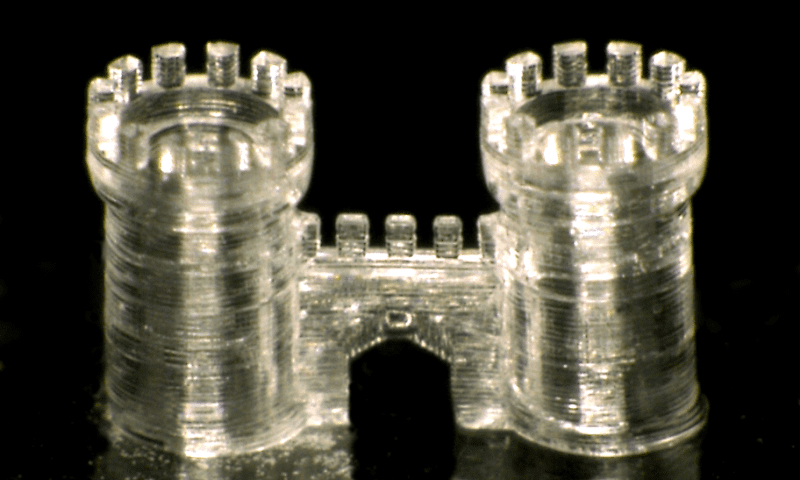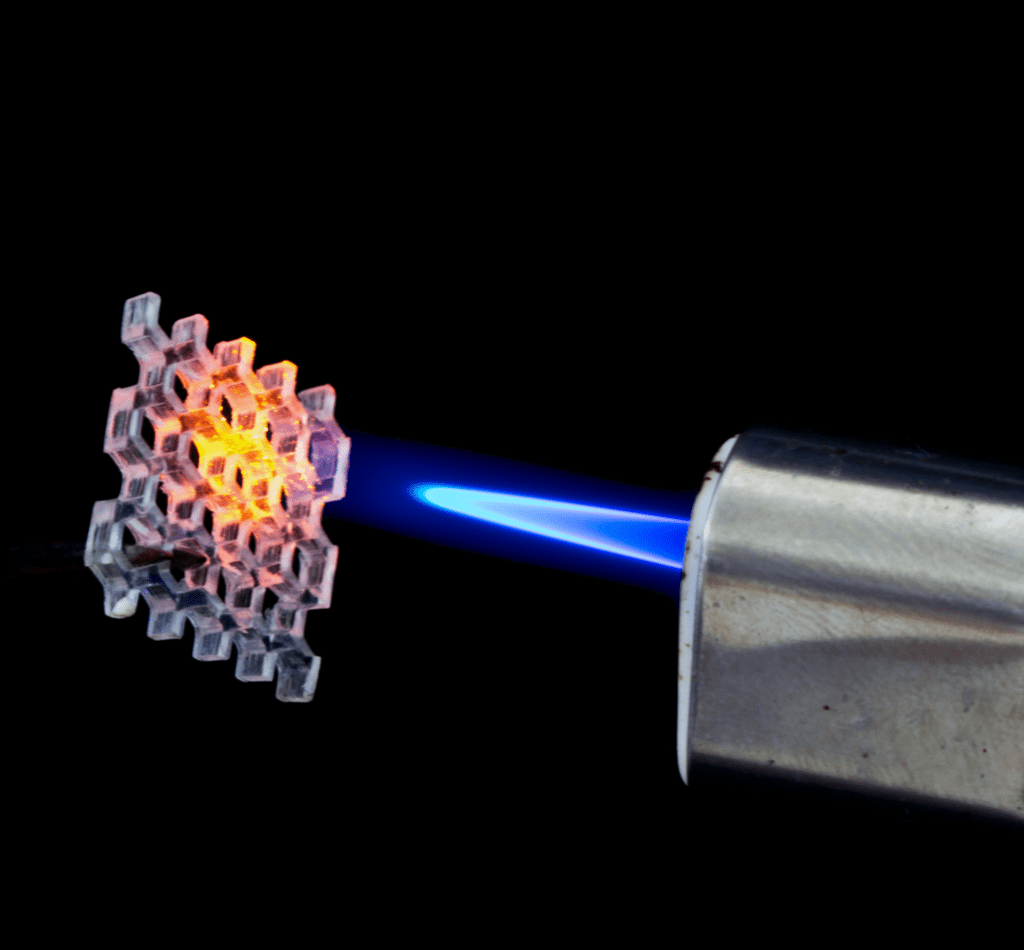German researchers have 3D-printed glass objects with very intricate shapes. What makes their novel technique interesting is that they started from common, commercially available 3-D printers. Complex lenses, filters, or even aesthetically pleasing ornaments are some of the applications.
3-D printing glass: now possible

“Glass is one of the oldest materials known to mankind,” says study co-author Bastian Rapp of the Karlsruhe Institute of Technology, “and it has been pretty much ignored in the 3D printing revolution of the 21st century.”
Rapp and colleagues set out to show just how trivial 3D printing glass can really be. Some of the objects that the researchers at Karlsruhe Institute of Technology 3-D printed include a honeycomb structure, a castle or an adorably-looking pretzel, all of which are fairly complicated to make out of glass.

The technique relies on using a “liquid glass” extruder material instead of the various kinds of polymers employed by commercial 3-D printers hobbyists know and love. The material is a nanocomposite of glass nanoparticles suspended in a prepolymer. When light is shone on the glass particle-containing resin, it hardens. The final step involves moving the printed object into an oven where the prepolymer is burned off and glass nanoparticles melt, ultimately fusing into a familiar glass structure.
The scale and finesse of the printed objects depend only on the printer itself, the German researchers claim in their paper published in Nature. This means the same technique could be used to make anything from tiny lenses for cameras or microscopes to large facades on skyscrapers. Previously, in 2015, MIT researchers printed transparent glass objects by heating the precursor extruder material up to about 1,037 degrees Celsius (1,900 degrees Fahrenheit), but the approach required a custom-built 3-D printer.

3D-printers are far more versatile than they were only a decade ago. Besides various plastics, you can now 3-D print objects out of metal, ceramics or even biological cells. Is there anything that we can’t print nowadays?
“This work widens the choice of materials for 3D printing, enabling the creation of arbitrary macro- and microstructures in fused silica glass for many applications in both industry and academia,” the researchers conclude.
Was this helpful?



